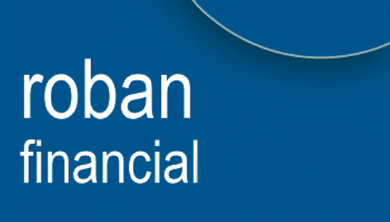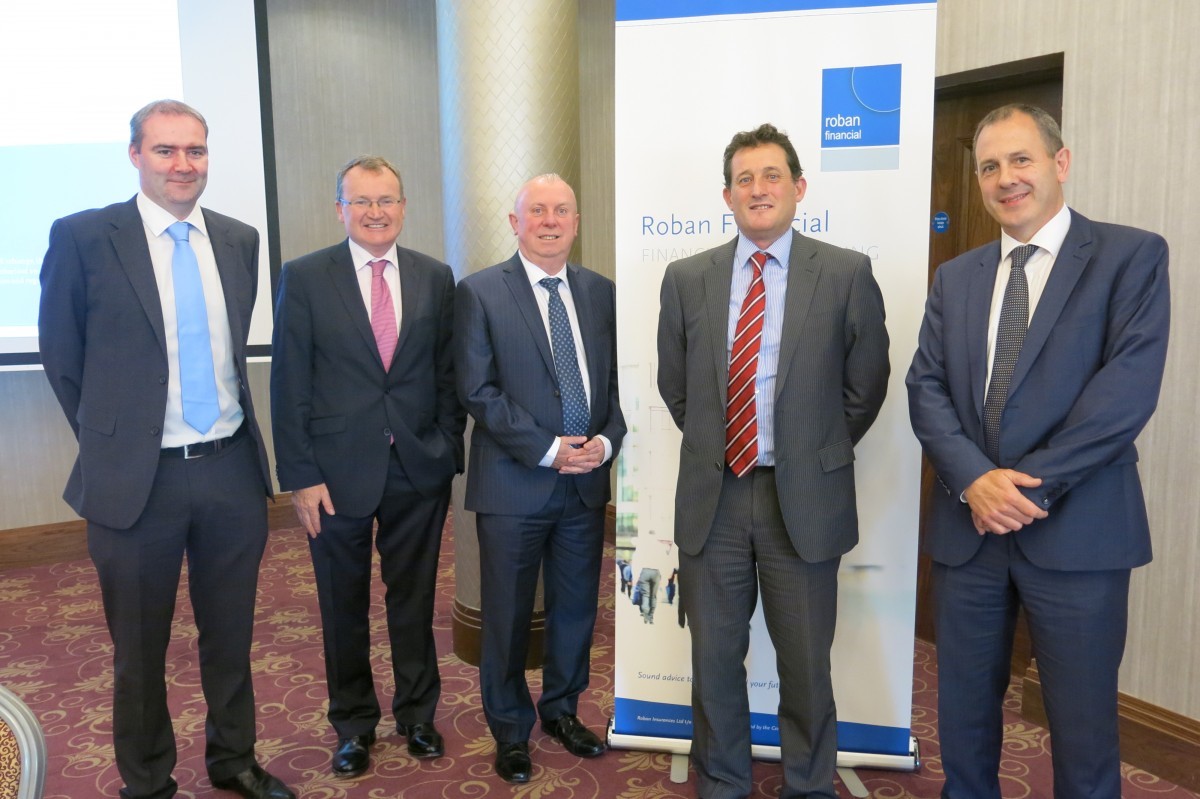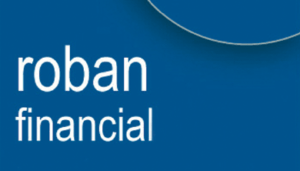As mentioned in our previous blog, the Seminar we held on Wednesday last was very well received. Our presenters Pat Ryan, Davy and Gerard Keane of Newcourt presented their respective presentations of what can be a very technical topic namely Pensions, in a very clear, informative way. Jim Power, Economist gave a concise, interesting breakdown of the financial and economic situation in Ireland and worldwide.
Pat Ryan began his presentation “Retirement Planning Issues 2016” by recapping on the current state benefit which he said is good, particularly compared to the UK and other European Countries. However employees born in 1960 or later have lost 3 years of Contributory Old Age Pension and his advice is to rebuild the deficit by optimising private pension planning. Pat also advised that according to a recent Seminar held by the Irish Association of Pension Funds, the Irish State pension is not sustainable.
Pat went on to illustrate the tax benefits of making a pension contribution. He compared the outcome when taking €1,000 gross salary thus paying €510 tax, and leaving a net salary of €490 (and no pension assets) to the impact of contributing that €1000 to pension where only USC & PRSI is deducted resulting in pensions assets of €890; therefore additional assets of €400.
Pat also illustrated the impact of taking €10,000 from a company paid as salary where the net proceeds would be €4,900 and on which any investment would be subject to DIRT or Growth/Income Tax or CGT as applicable. If this sum of €10,000 was invested in a company pension, the gross pension fund to invest is €10,000. On retirement 25% tax free in the amount of €2,500 would be paid and the balance after taxation would yield a total return of €6,175, an increase of 26% on the sum of €4,900 if taken directly through salary.
One of the most interesting aspects of Pat’s presentation was the opportunity presented by the Finance Act 2015 which means USC Savings up to €902 pa for €70,000 income earners. Self employed and proprietary director’s are €550 pa with better off with new tax credit.
In summary to make the most of the USC & Tax Credit Breaks, the following is worth noting:
| Contributor | Increase per annum Cash | Increase pa retirement assets |
| Employee on €70k pa | + € 902.00 pa | + €1,503.00 pa |
| Self Employed on €70k pa | + €1,452.00 pa | + €2,420.00 pa |
| Directors on €70k pa | + €1,452.00 pa | + €3,025.00 pa |
So why not contribute the increased amount which you were not in receipt of last year, in any case, to pension and help build your pension pot?
To conclude his presentation, Pat went through some plans for our pensions funds depending on the size of the fund. Of particular interest was the optimum pension fund for a couple in the sum of €440,000. Why? In short, after drawdown of the tax free lump sum, investment in an ARF & AMRF which are post retirement plans, and based on the current old age pension and 4% drawdown annually from the ARF the total pensions will be €36,000 pa which is the tax exemption limit. (Gross household income for a married couple under the sum of €36,000 would be exempt from DIRT tax).
Pat’s presentation highlighted not only the need and advantages of pension planning from a taxation point of view but the need for a plan around pension planning both pre and post retirement.
Gerard Keane of Newcourt presented “Self Invested Pension Structures – Investment Options”. Gerard started by commending Pat on an excellent presentation and reiterated the benefit of pension savings from a tax point of view.
Gerard explained that there are many Self Invested pension structures available and highlighted the reasons for such a structure namely the flexibility and choice they can offer given the broad range of allowable investments ranging from deposits, structured bonds, share dealing and property. Gerard highlighted the fact that the client maintains control of their pension investments and they can easily move from one product to another or one provider to another.
Whilst Gerard stressed that property was not the only asset that could be held in the self invested structures, he acknowledged that it was a popular investment type. Indeed at the Seminar, many questions put to Gerard during the Q & A session were in relation to property investment. The benefits of property through your pension include the following;
- Rental Income payable to fund tax free
- If sold in the pension, no capital gains tax payable at 33%
- Tax Relief of original contributions at 12.5% or up to 44%
All investment income and gains are tax exempt within the pension structure.
Gerard concluded his presentation with some case studies and spoke about the fact that this is growing market, with clients becoming more investment conscious. From our point of view, it is beneficial to be able to offer such choice together with trusted providers for our clients who would like it.
The final presenter was Jim Power of Jim Power Economics on “Economic & Financial Update”. Jim is an excellent speaker and again he makes a ‘heavy’ subject interesting and of relevance to us all.
Jim started by advising that the World today is a strange place! He feels that following the massive global shock of 2007, that the ‘great recession’ has not ended, it has just morphed into something else. Whilst the US and the UK are doing okay, he feels the Euro Zone is muddling through and remains a big concern, along with China and Emerging markets.
Going forward he feels the Global Risks are China and Emerging Economies (from which Jim said it is difficult to obtain accurate information and thus make adequate assessment), the Financial Market turmoil, the low oil prices and non economic factors such as terrorism, refugees flows and global epidemics.
Jim went on to speak about the economic context for Ireland and whilst he acknowledged that the Irish economy has seen strong statistical recovery, the World Economy is still in a precarious place and external factors are very influential.
One of the main issues that Jim spoke about at length was Brexit; the upcoming referendum in the UK is 23rd June next. It was initiated out of a wish to silence the ‘Euro sceptics’ in the UK but has fast become an intense campaign fought hard by both sides. Jim did not feel that the UK argument that their budget contribution is substantial stood up as while the UK pay STG£20 bln gross they subsequently receive net over STG£10 bln.
Overall Jim felt the impact on Ireland would be substantial; the UK is a very important trading partner and Brexit would cause immense uncertainty for trade, migration & currency.
So what can Ireland do? There could be the possibility of having bilateral trade deals with UK. While Trade diversification would be essential it is easier said than done. Ireland would have to focus on creating a sustainable, competitive economy
Away from Brexit, one of Jim’s main points I felt was of interest, was his view of the current investment markets. As Jim outlined, deposit rates are currently very low, bond yields at historic lows and property is back in vogue. Equity markets had awful start to year, but are recovering slowly.
Jim stressed that he was not a Financial Advisor but for him at this point in time, given the current world economy, diversification and the time frame are key considerations. He did advise that anyone investing at this time should most certainly be looking at a 5 year + time frame. He recommended diversification across asset classes and countries. This we whole heartedly agree with and would always implement such a strategy for our clients.
If any of the above topics are of interest to you, please do contact us.


